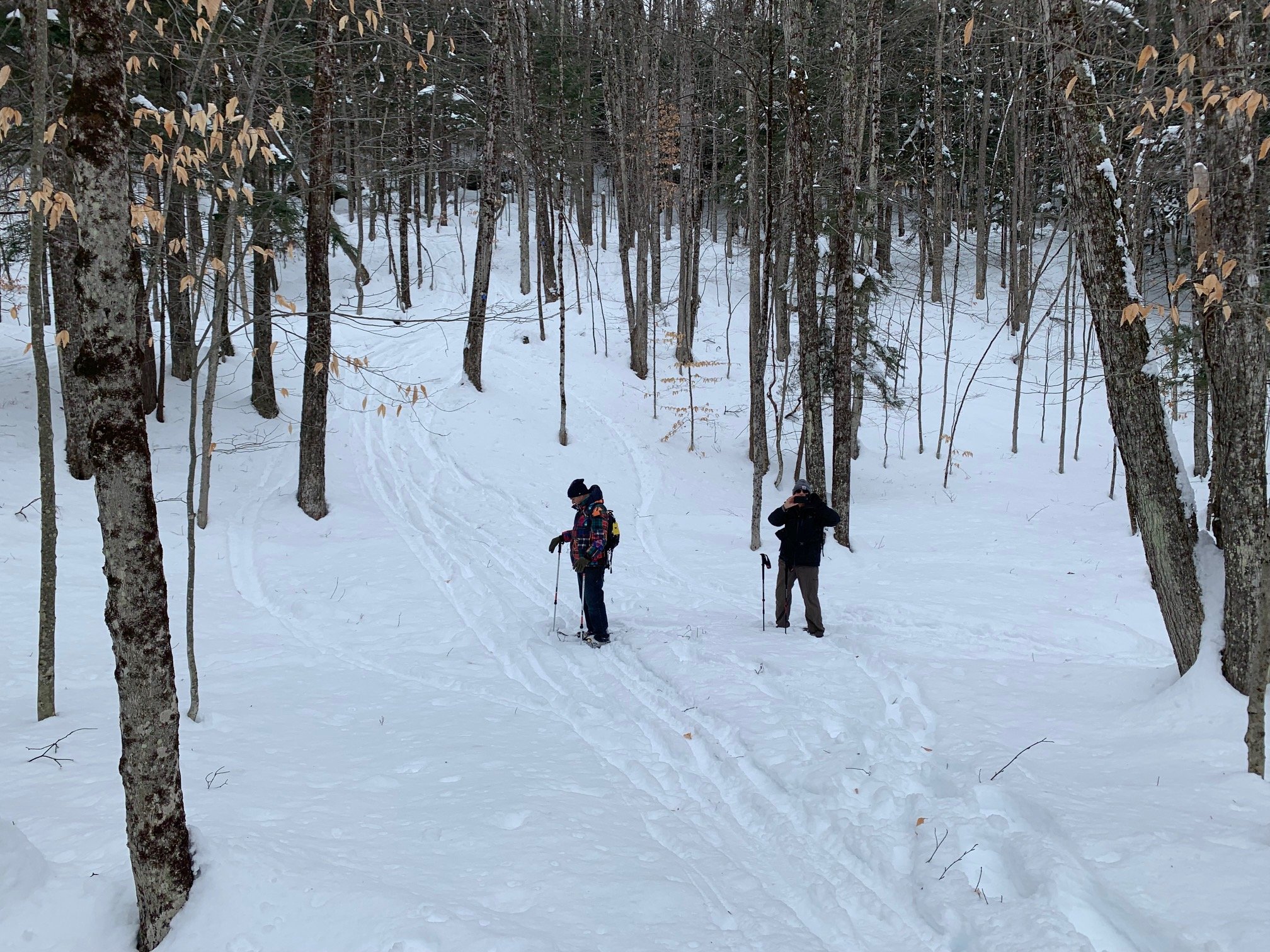How Skiing Came to North Creek
The US team marches into the FISU World University Games' opening ceremony.
More than 1400 athletes from 43 countries are participating in the FISU World University Games, which opened last Thursday and continues through January 22. Competitions in 12 winter sports are taking place on venues spread throughout the North Country, including Lake Placid, Saranac Lake, Wilmington, North Creek, Canton, and Potsdam.
The 11-day event symbolizes New York State’s commitment to the region’s economy through the modernization of ORDA's Lake Placid Olympic venues, as well as Whiteface and Gore Mountains, said Governor Kathy Hochul.
“After more than $550 million in state-supported renovations and investments in the North Country to prepare for the games, New York is ready to welcome athletes and spectators from all over the world to our state."
Ninety-one years ago, the opening of the 1932 Winter Olympics generated the same kind of attention and excitement. The scale was smaller, with 252 athletes from 17 nations. But for the first time, Americans had the opportunity to witness world-class athletes competing in cross-country skiing, hockey, speed skating, ski jumping, figure skating, and the "bobsleigh."
These were the games in which Sonja Henie, Norway's celebrated figure skater, won the gold medal in the women's singles event with her charismatic artistry. And Eddie Eagan, who had won the gold medal for the United States in boxing in 1920, won gold in the bobsleigh as well, thereby becoming one of only two athletes ever to win gold medals in both the Summer and Winter Olympics.
Gore's early trails are still enjoyed by skiers and snowshoers. See our trip report.
A half-dozen young men from North Creek who attended the games an hour up the road saw the possibilities of what they could do on Gore Mountain. Upon returning home, they went to work clearing an old logging road. They named it the Pete Gay Trail, a winding 4.5-mile channel through the woods that started on Barton Mine Road and ended on Route 28.
A larger group of 25 young people from Schenectady who, short of money in those early days of the Great Depression, attended the games while camping at nearby Heart Lake. Upon returning home, they launched a winter sports club and started organizing the "Snow Train" that, on March 4, 1934, would bring nearly 400 newly minted skiers to these new trails via the D&H Railroad.
That, in a nutshell, is how skiing came to North Creek -- but there's much more to the story, as the Smartacus Spatial Storytelling Team will demonstrate over the next year, diving into books and archives and conversing in Zoom with historians, other experts, and descendants of the ski pioneers who played key roles.
The result will be a point-and-click narrative we can read on the web as an interactive "story map" and in an on-demand book we're developing with Don Rittner at the Warren County Historical Society. Our target release date is March 4, 2034, the 90th anniversary of the first Snow Train.
With our book in hand, we'll seek investors to fund our documentary. Why not? This is a story that's crying out to be told, especially as New York State continues to demonstrate its commitment to economic development, completing its planned $30 million construction of a new year-round lodge at the Ski Bowl and an amazing "rail zipline" I'll be among the first to take my grandkids on.
People will want to know: How did all of this happen?
We'll tell them, starting with Greg Schaefer.


